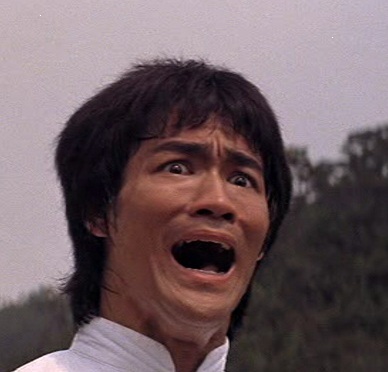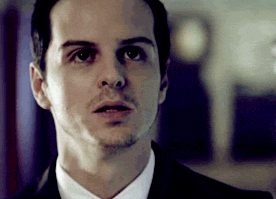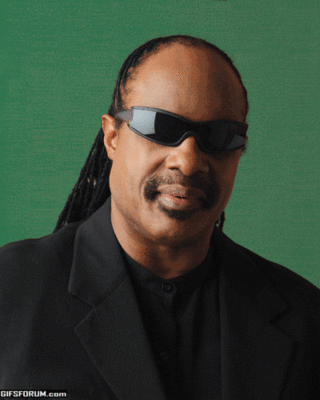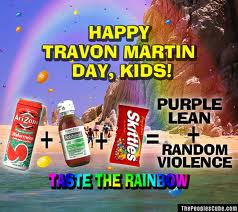Here is the story. I really don't know what to say about this. A sweatshirt from a dead guy has no place in this museum. They are doing whatever they can to try and make Martin into some kind of a martyr. There is one place for that sweatshirt, in the trash can. And what does a sweatshirt have to do with race? But the guy at the museum sure thinks it does. And what kind of power and symbolism comes from that hoodie? What in the world is the guy from the museum even talking about?
The hooded sweatshirt Trayvon Martin wore the night George Zimmerman shot him to death could end up on display at the Smithsonian Institution.
The shirt became a powerful symbol of the case after Zimmerman described Martin as wearing a "hoodie" the night he killed the teen, claiming self-defense. Protestors across the country wore hoodies in support of Martin as they called for Zimmerman's arrest, prosecution and conviction.
A Florida jury acquitted Zimmerman last month, finding too little evidence to convict him of second-degree murder or manslaughter.
Prosecutors had introduced the famed hoodie into evidence during the trial. A hush fell over the Seminole County courtroom as they displayed it for the court.
The jurors weighing Zimmerman's guilt were still and attentive while looking at the sweatshirt, according to reports from the day. One juror lifted out of her seat to get a better look at the hoodie, and the group tracked the sweatshirt as Zimmerman's attorney, Mark O'Mara, moved it away from the jury box.
The hoodie is now stored with other evidence from the case at the U.S. Department of Justice, which has opened an investigation into whether Zimmerman violated Martin's civil rights.
But the power and symbolism of the hoodie could be available for legions of visitors to an iconic Washington, D.C., museum.
The director of a new branch of the Smithsonian, the National Museum of African American History and Culture, told the Washington Post he would like the museum to acquire the piece of history for its permanent collection.
"It became the symbolic way to talk about the Trayvon Martin case," Lonnie Bunch told the Post. "It's rare that you get one artifact that really becomes the symbol.
"Because it's such a symbol, it would allow you to talk about race in the age of Obama."
Neither Bunch nor the museum returned calls from ABC News for comments.
The hooded sweatshirt Trayvon Martin wore the night George Zimmerman shot him to death could end up on display at the Smithsonian Institution.
The shirt became a powerful symbol of the case after Zimmerman described Martin as wearing a "hoodie" the night he killed the teen, claiming self-defense. Protestors across the country wore hoodies in support of Martin as they called for Zimmerman's arrest, prosecution and conviction.
A Florida jury acquitted Zimmerman last month, finding too little evidence to convict him of second-degree murder or manslaughter.
Prosecutors had introduced the famed hoodie into evidence during the trial. A hush fell over the Seminole County courtroom as they displayed it for the court.
The jurors weighing Zimmerman's guilt were still and attentive while looking at the sweatshirt, according to reports from the day. One juror lifted out of her seat to get a better look at the hoodie, and the group tracked the sweatshirt as Zimmerman's attorney, Mark O'Mara, moved it away from the jury box.
The hoodie is now stored with other evidence from the case at the U.S. Department of Justice, which has opened an investigation into whether Zimmerman violated Martin's civil rights.
But the power and symbolism of the hoodie could be available for legions of visitors to an iconic Washington, D.C., museum.
The director of a new branch of the Smithsonian, the National Museum of African American History and Culture, told the Washington Post he would like the museum to acquire the piece of history for its permanent collection.
"It became the symbolic way to talk about the Trayvon Martin case," Lonnie Bunch told the Post. "It's rare that you get one artifact that really becomes the symbol.
"Because it's such a symbol, it would allow you to talk about race in the age of Obama."
Neither Bunch nor the museum returned calls from ABC News for comments.















